The metallurgical coal market is currently characterized by a complex interplay of competitive dynamics, driven by factors such as increasing global steel production and the ongoing demand for high-quality coking coal. Major players in this sector, including BHP (Australia), Teck Resources (Canada), and China Shenhua Energy (China), are strategically positioning themselves to capitalize on these growth drivers. BHP (Australia) has been focusing on operational efficiency and sustainability, aiming to reduce its carbon footprint while maintaining production levels. Teck Resources (Canada) emphasizes innovation in mining technologies and sustainable practices, which enhances its competitive edge. Meanwhile, China Shenhua Energy (China) leverages its extensive resources and market reach to solidify its position as a leading supplier, indicating a trend towards consolidation and strategic partnerships among key players.
In terms of business tactics, companies are increasingly localizing their operations and optimizing supply chains to enhance resilience and responsiveness to market fluctuations. The competitive structure of the metallurgical coal market appears moderately fragmented, with a few dominant players exerting considerable influence. This fragmentation allows for niche players to thrive, yet the collective actions of major companies significantly shape market dynamics, often leading to price stabilization and improved service offerings.
In August 2025, BHP (Australia) announced a partnership with a leading technology firm to develop advanced mining automation systems. This strategic move is likely to enhance operational efficiency and reduce labor costs, positioning BHP favorably in a market that increasingly values technological integration. The partnership underscores BHP's commitment to innovation and sustainability, aligning with broader industry trends towards digital transformation.
In September 2025, Teck Resources (Canada) unveiled a new sustainability initiative aimed at reducing greenhouse gas emissions by 30% by 2030. This initiative not only reflects Teck's proactive approach to environmental stewardship but also positions the company as a leader in sustainable mining practices. Such actions may resonate well with investors and stakeholders who prioritize corporate responsibility, potentially enhancing Teck's market share in an increasingly eco-conscious landscape.
In July 2025, China Shenhua Energy (China) expanded its operations in Mongolia by acquiring additional mining rights, thereby increasing its production capacity. This strategic acquisition is indicative of China Shenhua's aggressive growth strategy and its intent to secure a dominant position in the Asian metallurgical coal market. The move may also serve to mitigate supply risks and enhance the company's bargaining power in negotiations with global steel producers.
As of October 2025, the metallurgical coal market is witnessing a shift towards digitalization, sustainability, and the integration of artificial intelligence in operations. Strategic alliances are becoming increasingly pivotal, as companies seek to leverage shared resources and expertise to navigate the complexities of the market. Looking ahead, competitive differentiation is likely to evolve from traditional price-based competition to a focus on innovation, technological advancements, and supply chain reliability. This transition may redefine the competitive landscape, compelling companies to adopt more sophisticated strategies to maintain their market positions.


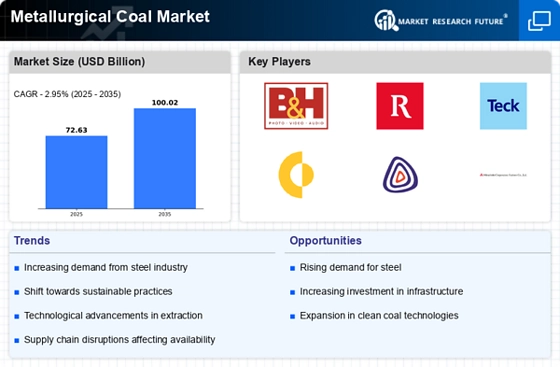
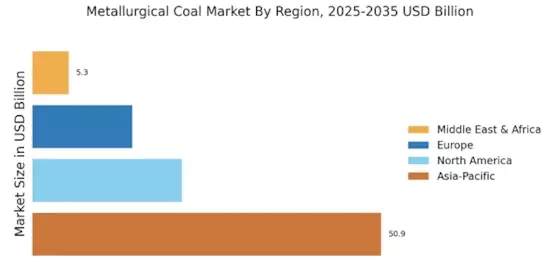
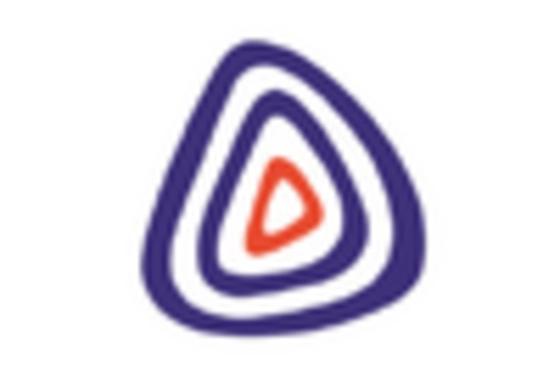


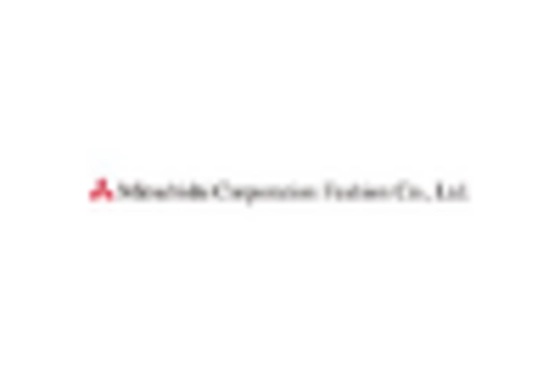
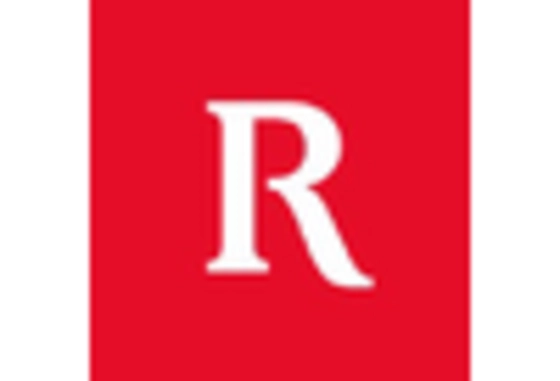
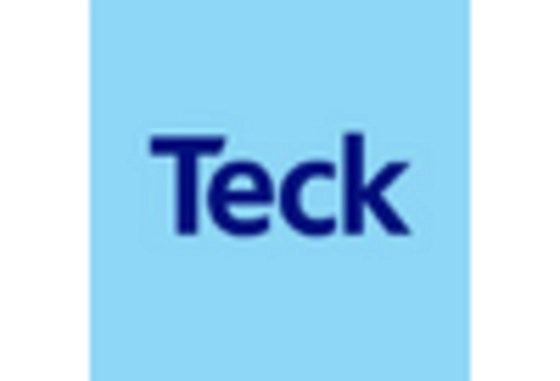








Leave a Comment